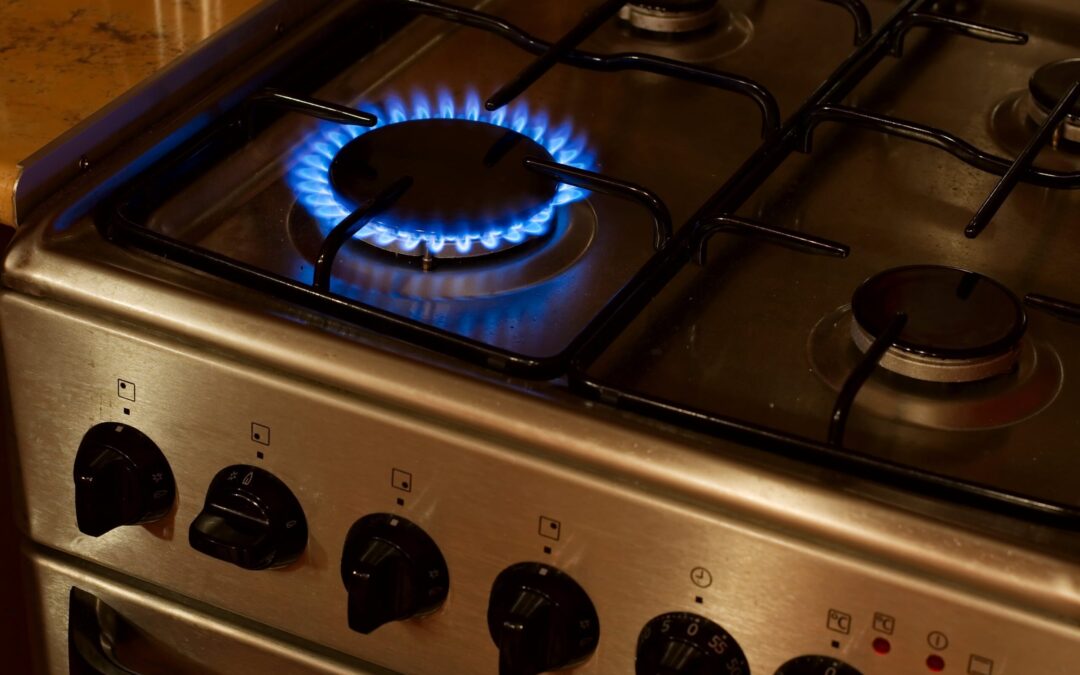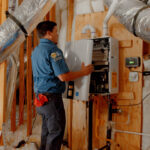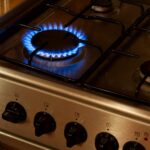Natural gas, or its counterpart propane, offers a versatile and often more efficient energy source for a wide array of home appliances and features. For homeowners currently relying solely on electricity or other fuels, the installation of a new gas line can unlock significant benefits, from enhanced culinary experiences and consistent comfort to greater energy independence and increased property value. Whether you’re building a new home or looking to upgrade an existing one, understanding the advantages of a gas line can help you decide if this investment is right for you.
The Versatility of Gas: Powering a Range of Appliances
One of the most compelling reasons to install a gas line is the sheer versatility it offers in powering various home appliances. Gas stoves and ovens are highly favored by cooks for their instant heat, precise temperature control, and even cooking. Unlike electric coils, gas flames provide immediate visual feedback and dissipate heat instantly when turned off, offering superior control over cooking. Beyond the kitchen, a gas line can fuel:
- Gas Water Heaters: Both traditional tank-style and tankless gas water heaters often provide faster recovery times and can be more energy-efficient than electric models, ensuring a consistent supply of hot water for your household.
- Clothes Dryers: Gas dryers typically dry clothes faster and more efficiently than electric dryers, leading to energy savings and reduced drying times.
- Furnaces: Gas furnaces are a popular choice for home heating due to their efficiency and ability to quickly warm a space, especially during colder months.
- Fireplaces: A gas fireplace offers the ambiance of a traditional fire without the mess of wood, providing instant warmth and convenience with the flip of a switch or remote control.
The ability to power such a diverse range of appliances from a single gas connection can significantly enhance your home’s functionality and comfort.
Energy Efficiency, Cost Savings, and Reliability
Natural gas and propane are often more cost-effective energy sources than electricity or oil. Gas appliances typically heat faster and operate more efficiently, translating directly into lower monthly utility bills over time. While there’s an upfront investment for gas line installation, the long-term savings on energy consumption can be substantial, making it a wise financial decision.
Beyond cost, gas lines offer superior reliability, particularly during power outages. Unlike electrical systems, which can be vulnerable to grid failures during storms or other disruptions, gas-powered appliances connected to a consistent supply can continue to operate, providing essential heating, cooking, and hot water when you need them most.
The Professional Touch: How a Plumber Installs a Gas Line
Installing a gas line is a complex and potentially dangerous undertaking that should never be attempted as a do-it-yourself project. It involves working with highly flammable fuel and adhering to strict safety codes and regulations. This is unequivocally a job for a licensed, experienced plumber specializing in gas line installation. Here’s a general overview of the professional process:
- Permitting and Planning: The plumber will first obtain all necessary permits from local authorities. They will then assess your home’s layout, appliance requirements, and the existing gas supply to design the most efficient and safest route for the new gas line, determining the correct pipe sizing to ensure adequate gas flow to all appliances.
- Safety Precautions: Before any work begins, the plumber will ensure the main gas supply to your home is safely shut off. They will also ensure proper ventilation in the work area to prevent any gas buildup.
- Material Selection and Installation: Plumbers use specific materials approved for gas lines, which typically include black iron pipe, corrugated stainless steel tubing (CSST), or sometimes copper, depending on local codes and the application. They will measure, cut, and connect the pipes, meticulously applying pipe sealant or thread compound to all threaded connections to create airtight seals. For underground installations, they will dig trenches to the required depth.
- Connecting to Appliances: The new gas line will be safely connected to each appliance, ensuring correct fittings and installing shut-off valves for each appliance for safety and convenience.
- Pressure Testing: This is a crucial safety step. Once the new gas line is installed, the plumber will conduct a rigorous pressure test using a manometer to ensure there are absolutely no leaks in the system. The line will be pressurized with air or an inert gas and monitored for a set period to confirm pressure stability.
- Leak Detection (Soap Test): As an additional safety measure, the plumber will apply a soapy water solution to all joints and connections. If any bubbles appear, it indicates a leak, which will be immediately tightened or repaired before proceeding.
- Final Inspection and Activation: After the pressure test and leak checks are successful, the plumber will arrange for a final inspection by the relevant building inspector to ensure full code compliance. Only after passing inspection will the main gas supply be safely turned back on and the appliances tested for proper operation.
Entrusting gas line installation to a licensed plumber ensures that the work is performed safely, efficiently, and in full compliance with all local codes. This provides peace of mind, protecting your home and family while allowing you to enjoy the many benefits of natural gas appliances.
Contact one of our professionals for more information.











